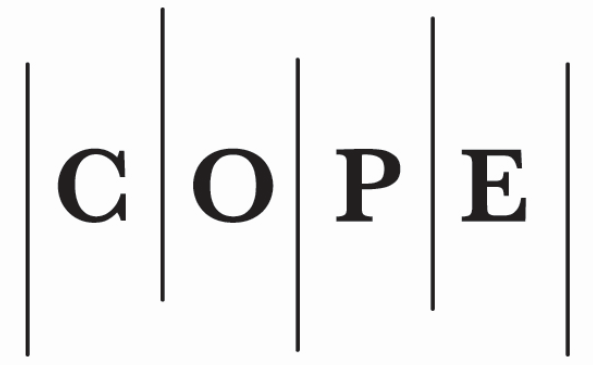CRITICAL ISSUES IN THE USE OF DIRECT COERCION BY LAW ENFORCEMENT: RESULTS FROM AN EXPERT FOCUS GROUP INTERVIEW
plugins.themes.bootstrap3.article.main6940107a390c2
Santrauka
The article is based on a focus group interview with experts and serves as a continuation of the author’s previously compiled article entitled: “The Law Enforcement Officer’s Toolkit: Optimal Measures of Direct Coercion and the Competencies to Be Developed Through Training“.
This article investigates critical issues in the regulation and application of direct coercion by non-police law enforcement authorities in Estonia. Building upon previous research, the study employs a focus group methodology involving eight experts from four key sectors: rescue services, environmental protection, municipal law enforcement, and police. The findings highlight significant inconsistencies and ambiguities in the current legal framework, particularly regarding the scope and proportionality of permissible coercive measures and the fragmented regulation across various legal acts. Experts identified that the existing framework sometimes leaves public order insufficiently protected due to limited legal authority and access to modern, less-lethal means. The study provides evidence-based recommendations, including consolidating and clarifying legal provisions, expanding the list of permissible equipment, and enhancing training and standardization across agencies. These results underscore the necessity for a more coherent, flexible, and proportionate regulatory approach to direct coercion in Estonian law enforcement.
plugins.themes.bootstrap3.article.details6940107a3d5ce

Šis kūrinys yra platinamas pagal Kūrybinių bendrijų Priskyrimas 4.0 tarptautinę licenciją.
Authorship Responsibility and Authors' Statements
The authors must submit the Author's Guarantee Form, declaring that the article submitted to Public Security and Public Order is an original work and has neither been published nor is under consideration for publication elsewhere. More so, the work has been carried out by the authors and the article does not contravene any existing copyright or any other third party rights. The AUTHOR'S GUARANTEE FORM could be found HERE
Authors contributing to Public Security and Public Order agree to publish their articles allowing third parties to share their work (copy, distribute, transmit) and to adapt it with a condition of proper referencing; the authors contributing agree to transfer all copyright ownership of the manuscript to the Public Security and Public Order.

 https://orcid.org/0009-0005-1244-3890
https://orcid.org/0009-0005-1244-3890





